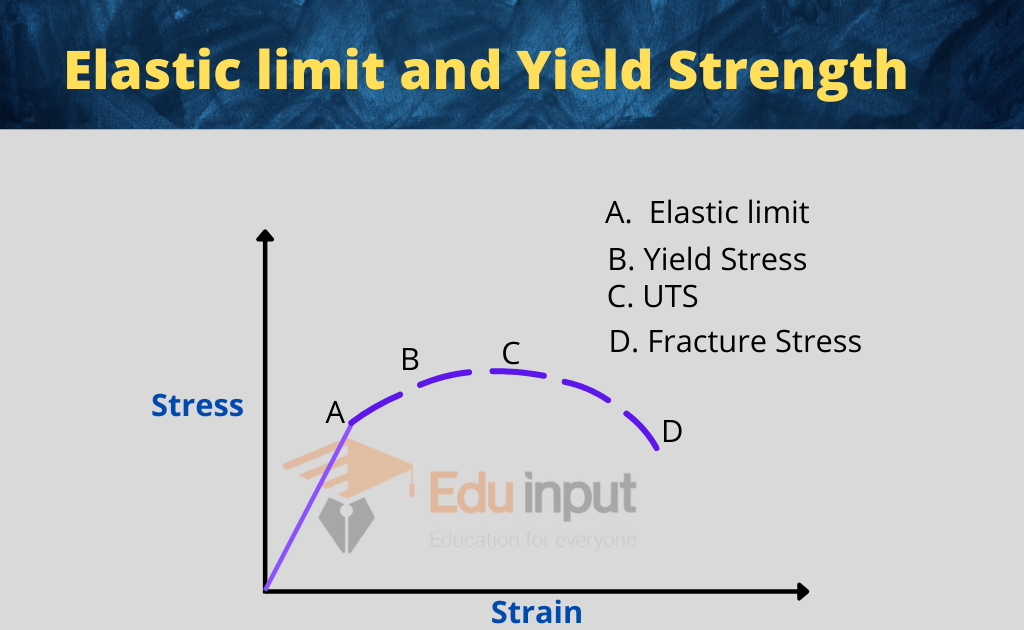What is Stress in Physics?-Definition, Types, And Analysis
Stress in Physics is defined as the force applied to the unit area to produce a change in the dimensions of a solid. The change may be lengthwise or volume-wise in a body or shape.
What is Stress in physics?
The internal forces that neighbor particles exert on each other are referred to as stress and the strain is the measure of the material’s elasticity. it is the mechanical property of solids. When a solid vertical bar is supporting an overhead weight, each particle in the bar pushes on the particles immediately below it.
When a liquid is in a closed container under pressure, each particle gets pushed against by all the surrounding particles. The container walls and surface push against each other in a reaction called a Newtonian reaction. The net result of a large number of intermolecular forces and the collisions between the particles in those molecules is the macroscopic forces. Stress is usually represented by the Greek letter sigma.
σ=F/A
Unit of Stress
The SI unit of stress is Nm-2. It is also called Pascal (Pa).
Its dimension is [ML-1T-2].
Types of Stress in Physics
There are two main types of stress in physics
- Normal Stress
- Shearing Stress
Normal Stress
Normal stress is when the direction of the deforming force is in the opposite direction of the cross-sectional area of the body. The length of the wire and the volume of the body changes will not be affected by stress. Normal stress can be classified into two different types based on the dimensions of force.
- Longitudinal stress
- Volumetric stress
Longitudinal stress
Changes in the length of the body are caused by longitudinal stress. a slight change in diameter is affected by this stress.
Longitudinal Stress = Deforming Force / Area of cross-section = F/A
The Longitudinal Stress stretches the object or causes it to be compressed. It can be further classified into two different types based on the direction of the force.
- Tensile stress
- Compressive stress
Tensile stress
When stress changes the length of a body it is called tensile stress.
Compressive stress
If the force that is applied results in a decrease in the object’s length, then the resulting stress is called compression stress. When a rod or wire is compressed/squeezed by pushing it with equal and opposite forces at both ends
Volume Stress
The change in the volume of the object is what causes volumetric stress or Bulk stress. Volume stress is the change in the volume of the body due to the force that is being put on it.
Shearing Stress
Shear stress or tangential stress is the stress experienced by the object when the direction of the external force is parallel to the cross-sectional area. Changes in the shape of the body are a result of this.
Stress Analysis
Stress analysis is a branch of applied physics that deals with the internal distribution of internal forces in solid objects. For the study and design of structures such as tunnels, dams, mechanical parts, and structural frames under prescribed or expected loads, it is an essential tool.
It is important in many other disciplines, for example, in geology, to study phenomena like plate tectonics, and in biology, to understand the anatomy of living beings. When the physical dimensions and the distribution of loads allow a structure to be treated as one- or two-dimensional, stress analysis can be simplified.
The stress field may be assumed to be uniform and uniaxial over each member in the analysis of trusses. The differential equations are reduced to a finite set of equations with lots of unknowns. One may be able to reduce the three-dimensional problem to a two-dimensional one by using simpler models like uniaxial tension/compression, simple shear, and so on.







Leave a Reply